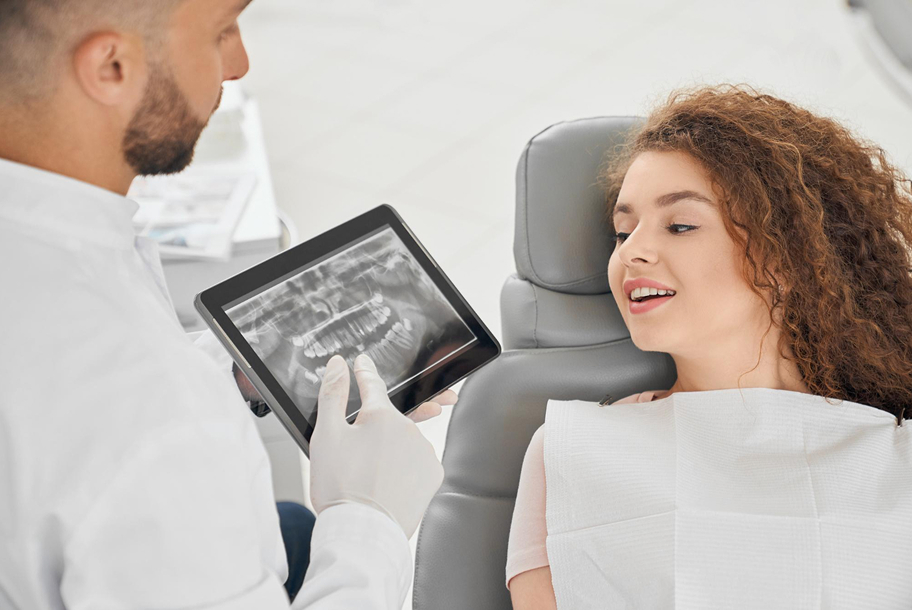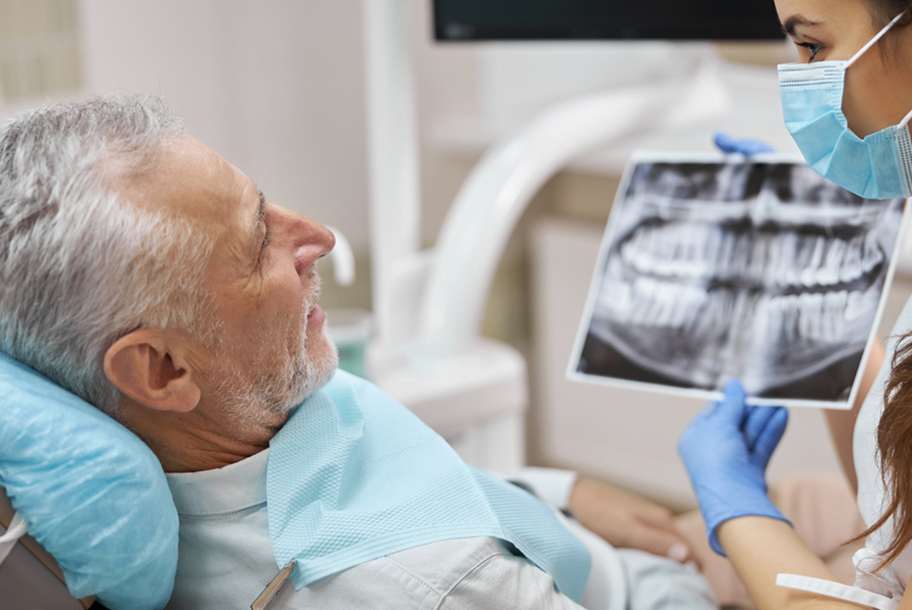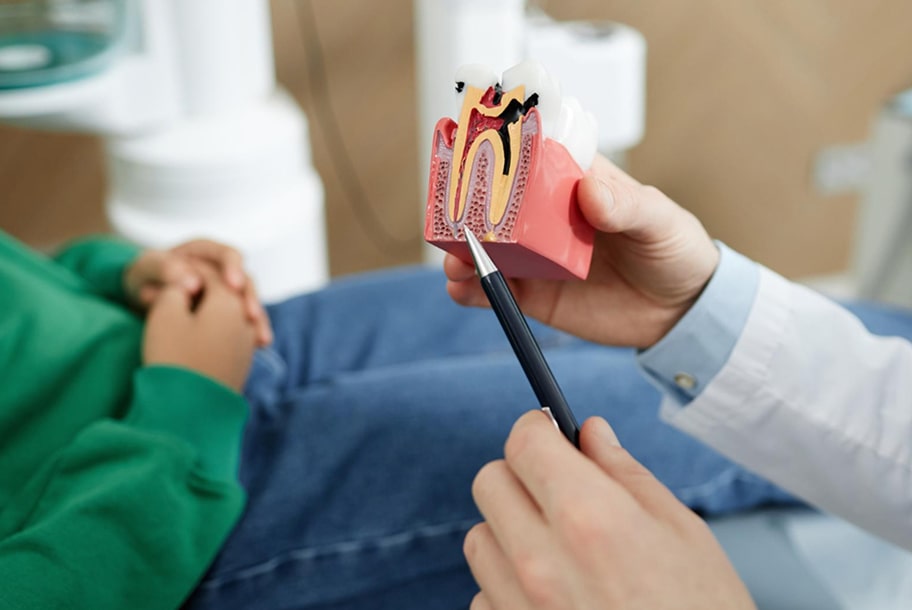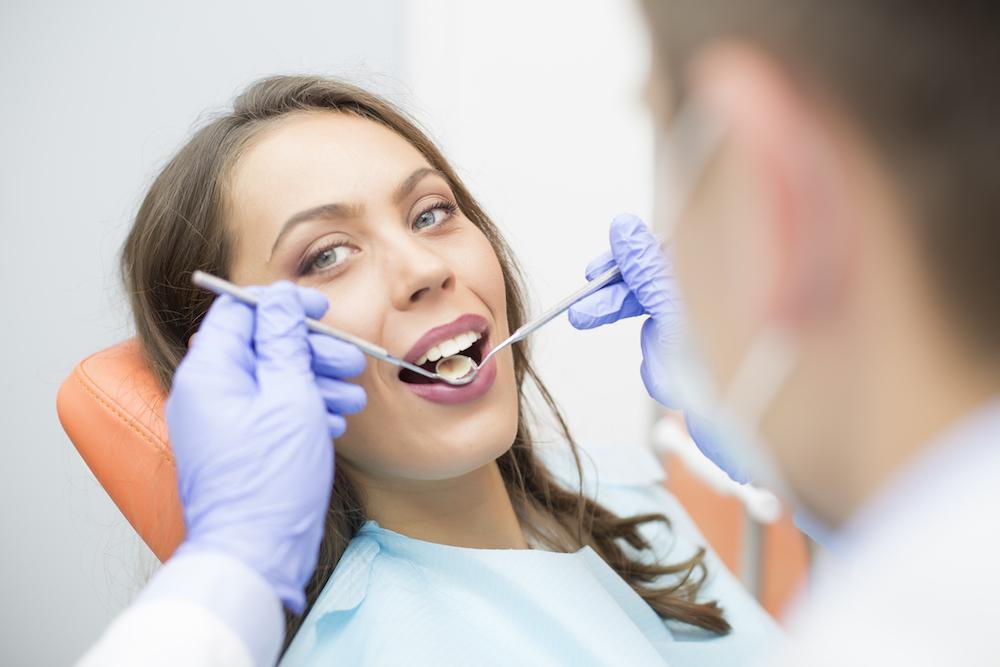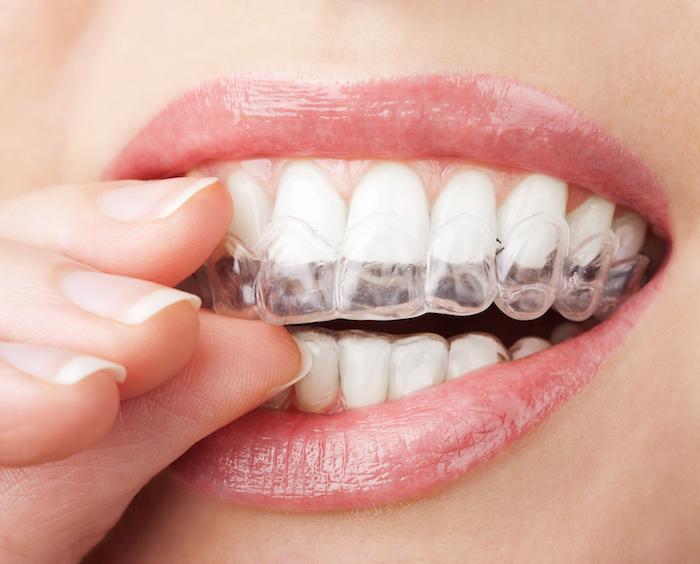
Even if your teeth are free of cavities, you can still have unhealthy gums. And if your gums aren’t healthy, you’re at risk for gum disease.
Gum disease — also referred to as periodontal disease — is an infection of the tissues that hold your teeth in place. The primary cause of gum disease is poor oral hygiene. If you don’t remove plaque from your teeth daily, it can harden into tartar that is impossible to remove on your own. Once tartar is allowed to build up under your gums, it leads to gum disease.
If gum disease goes untreated, it can severely damage not only your gums but also the jawbone that lies beneath them. Destruction of gum tissue and jawbone can lead to permanent tooth loss. Thankfully, you can do plenty of things on your own to prevent the onset of gum disease.
Because Saeed Mokhayeri, DDS and Hengameh Safarcherati, DDS and the rest of our team at Arya Dental in Fullerton, California, are so passionate about preventative dentistry, we’ve provided five ways you can lower your risk of gum disease in this month’s blog.
1. Brush twice a day with fluoride toothpaste
The best time to brush your teeth is right after you eat. Brushing right after you eat ensures you can remove food particles effectively before they have the opportunity to wreak havoc on your gums. Use an electric toothbrush and toothpaste containing fluoride to maximize plaque removal.
2. Floss regularly
While brushing your teeth is important, it won’t be as effective on its own. Flossing helps remove all the plaque and food debris that gets stuck between your teeth that a toothbrush can’t reach by itself. It doesn’t matter when you floss; just make sure you do it at least once each day.
3. Use a therapeutic mouthwash
Therapeutic mouthwashes can help remove bacteria and debris that are missed with toothbrushes and floss. Mouthwash can also reduce tartar buildup and prevent the development of gum disease. You can find therapeutic mouthwashes at your local drugstore.
4. Quit smoking
Smoking negatively affects your health in almost every aspect, and your gums are not exempt. Not only can smoking speed up the development of gum disease, but the habit can also weaken your immune system and make it much more difficult to fight off an infection or recover from any subsequent gum damage.
5. See us for regular dental cleanings
If you’re in our office regularly, our team can spot the early signs of gum disease and treat it before the infection has had time to do irreversible damage. Plus, the tools we utilize in our office are the only things that can effectively remove tartar and mitigate your risk of developing gum disease.
To schedule a dental cleaning or to learn more about how to prevent gum disease, call our office at 714-646-9546 or book an appointment online today.
FAQs: Preventing Gum Disease
1. What is gum disease?
Gum disease, or periodontal disease, is an infection of the tissues that support your teeth. It starts as gingivitis — red, swollen, or bleeding gums — and can progress to periodontitis, causing tooth loss if untreated.
2. What causes gum disease?
The primary cause is plaque buildup — a sticky film of bacteria on teeth. Poor oral hygiene, smoking, certain medications, and hormonal changes can also increase your risk.
3. How can I lower my risk of gum disease?
Brushing twice daily, flossing once a day, using antibacterial mouthwash, avoiding tobacco, and seeing your dentist regularly are key to maintaining healthy gums.
4. How often should I brush and floss?
Brush at least twice a day for two minutes each time and floss once daily to remove food and plaque between teeth that brushing can’t reach.
5. What type of toothpaste should I use?
Choose a fluoride toothpaste with the ADA Seal of Acceptance. Fluoride strengthens enamel and protects against decay that can irritate gums.
6. Can an electric toothbrush help prevent gum disease?
Yes. Electric toothbrushes often remove more plaque and are easier to use effectively, especially for people with limited dexterity.
7. Is mouthwash necessary if I already brush and floss?
While not a substitute, therapeutic mouthwash helps kill bacteria, freshen breath, and reach areas missed by brushing and flossing.
8. How does smoking affect gum health?
Smoking weakens the immune system, reduces blood flow to the gums, and slows healing — making smokers up to six times more likely to develop gum disease.
9. How often should I have dental cleanings?
Most people need a professional cleaning every six months, though patients with gum disease may need cleanings every three to four months.
10. What are the early warning signs of gum disease?
Red, tender, or bleeding gums, persistent bad breath, and receding gumlines are early indicators. Early treatment can reverse gingivitis before it worsens.
11. Can gum disease be cured?
Gingivitis can be completely reversed with proper care. Advanced periodontitis can be managed with professional treatments to stop progression and restore gum health.
12. Why choose Arya Dental for gum care?
Arya Dental in Fullerton provides gentle, advanced periodontal treatments and deep cleanings. Their team focuses on prevention, patient comfort, and long-term gum health.

